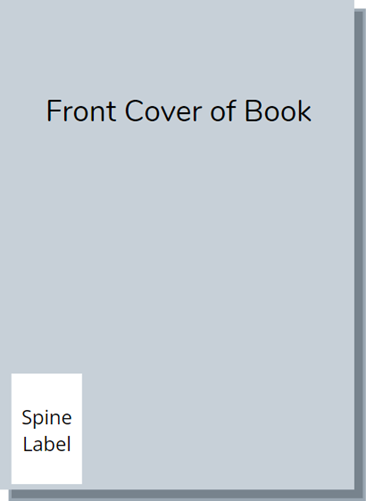- Print
- DarkLight
- PDF
A call number is the code that is assigned to a book so that it can be located in the stacks. Essentially, it is the book’s address within a library. The call number is always located on the bottom of the book’s spine. If the spine is too thin to fit the spine label sticker, the call number can be put on the bottom left corner of the front of the book.

There are different systems to determine what information is used to make a call number. These systems are called classification schemes. Most public libraries and school libraries use a classification scheme called Dewey Decimal Classification. Other libraries, especially research institutions, may prefer to use a classification scheme called Library of Congress Classification. Surpass has reporting options that are tailored to each of these options.
Though the Dewey Decimal (DDC) and Library of Congress (LCC) classification schemes are among the most common classification systems, some libraries, particularly those with specialized collections or unique patron bases, may opt to use another scheme. You will want to determine the most suitable classification system for your library.
When a record is imported using the databases (such as with Quick Add), it may come in with a call number present. This call number is the one that was used by the library that completed the original cataloging for the record. Many times, the call number that comes in is a Dewey Decimal number. If your library uses a different classification scheme, you will want to overwrite the call number by editing the holdings bar.


